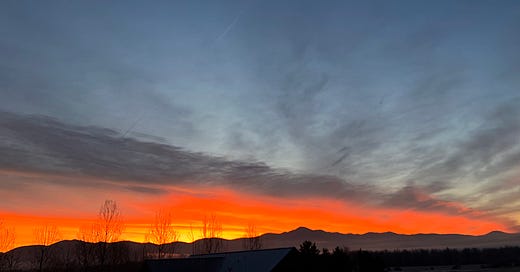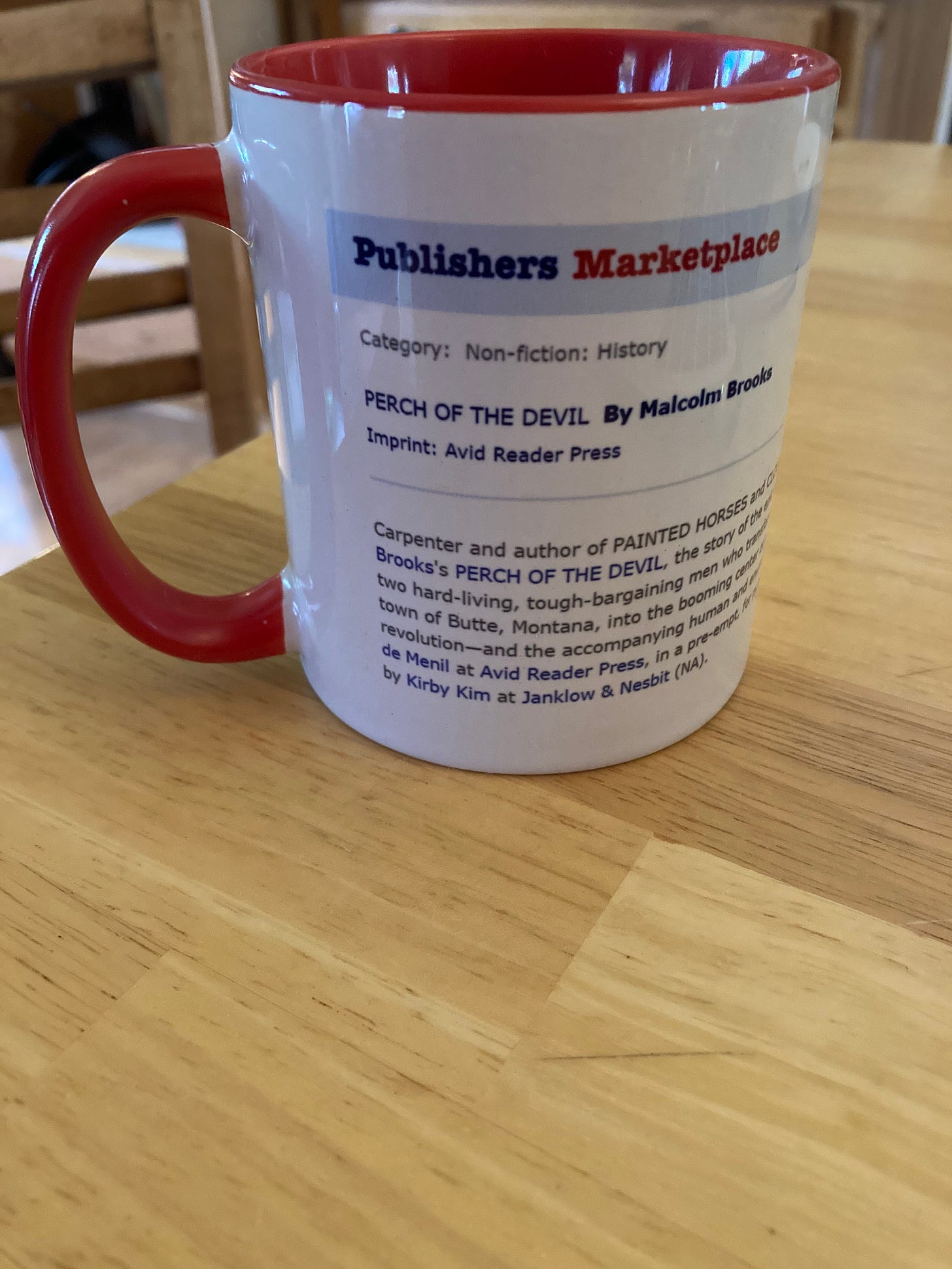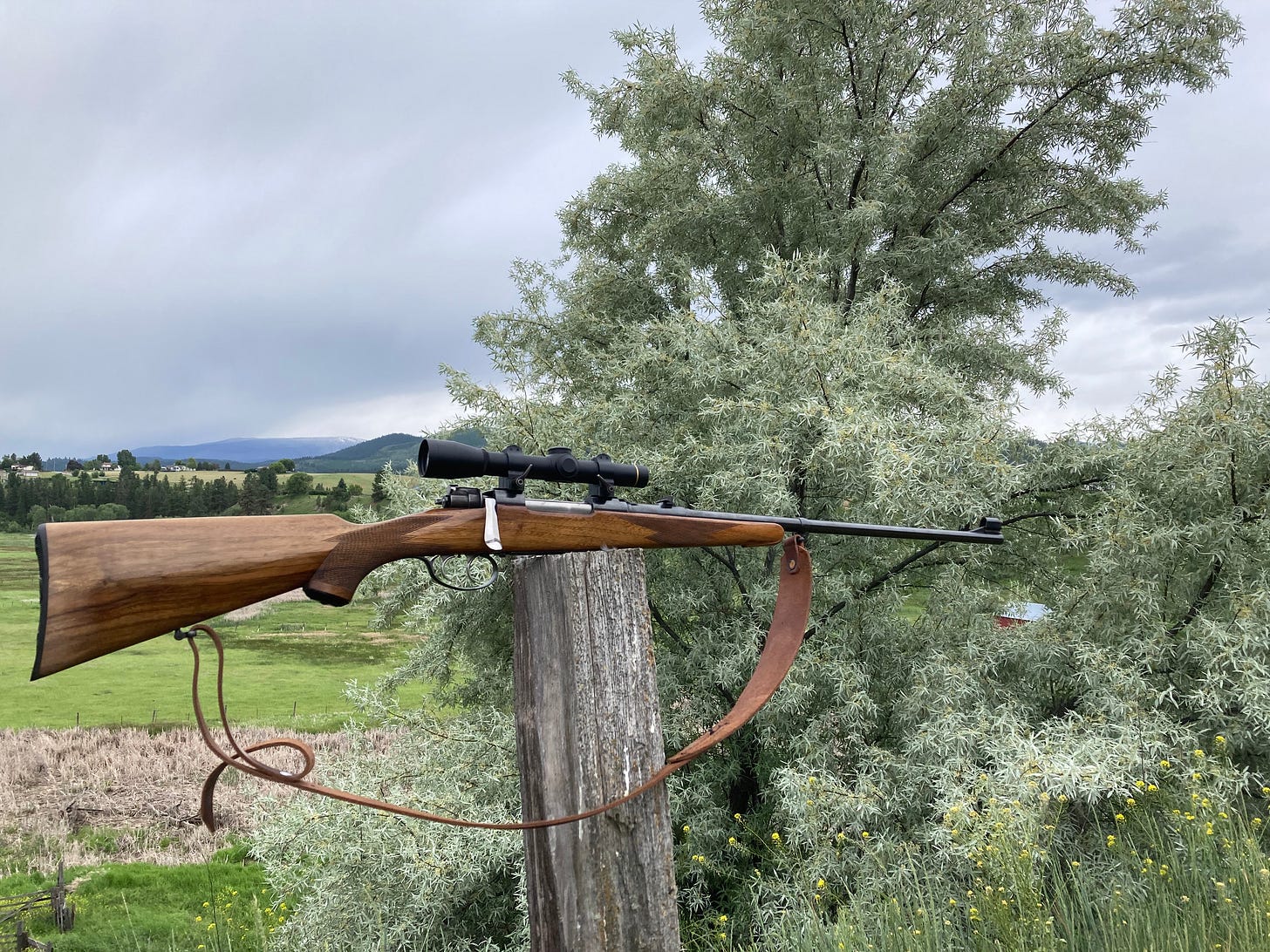Okay, a lot of water under the bridge in the past couple of months for this boy, a side-effect being radio silence on this particular page. I never really intended to use Substack as a straight-up newsletter, but given the dizzying array of circumstances and events and milestones lately, I guess I’m going there…
For starters, I’ve gotten heavily immersed in the ongoing mountain lion controversy in California, in the wake of the attack on my nephews in March. As it happens, that particular event turns out to be merely the most extreme incident of increasingly amok mountain lion behavior throughout the state, but particularly in the Sierra Nevada foothills where I grew up.
It’s a multi-faceted issue with a lot of complications and a lot of rabbit holes, but to reduce it down to the square root, the mountain lion was declared a “specially protected species” by popular ballot measure in California clear back in 1990, not for reasons involving the science of wildlife biology, but simply for sentimental/ ideological motivations on the part of activist groups and a misled or uninformed public. Although undoubtedly well-intentioned on the part of many voters in that era, the measure effectively hamstrung wildlife officials’ ability to exercise meaningful management protocols.
The net effect thirty-plus years down the road is a thriving population of apex predators that has become alarmingly habituated to humans. Livestock and pet depredations are way up, the state’s federally protected bighorn sheep population is crashing, and outright attacks on humans have nearly rivaled in the past four years the same number of such in the previous twenty-five, with the first actual fatality in two decades represented by my nephew Taylen.
Long story short, there’s a groundswell movement afoot to reverse course by whatever legal means might exist, but as noted, this is complicated by the pervasive dictates of the original ballot measure itself. We’re still early in this effort, but gaining momentum at least when it comes to both public and political awareness.
As a part of this, as of last week I myself have been assigned a long-form exploration of the topic by the New York Times Magazine. My hope is to present a meaningful analysis of the history and ongoing complicating factors of what is basically a complete abrogation of management relative to this species, with obvious far-reaching consequences—in the wider view for the greater overall region and its human and wild inhabitants, and more narrowly for my own family.
The audience of such a publication won’t primarily be the rural choir, and that’s entirely the point—urbanites with collective voting power and a cosmopolitan sensibility should also have a well-presented and well-reasoned counter to the emotion-driven messaging that let this particular genie out of the bottle in the first place. I should note that the stakes are high for other Western states as well—Colorado currently faces a similar ballot initiative this fall, despite a thriving population of lions and entirely effective traditional management strategies. If anything like what’s now happening in California can be headed off at the pass, that’s a separate mission accomplished.
*
In other, better news, I am now under contract with a Simon and Schuster imprint to write another book, not a novel this time, but a narrative nonfiction account of early Butte, Montana. It’s titled Perch of the Devil, and will focus on the importance of Butte to the age of domestic electrification, or what we now take for granted as Modernity itself.
This project has been percolating in one form or another, both in my head and on the page, since 2019, when I spent a solid chunk of that year on a historic row house restoration on Mercury Street. I’d known a bit about Butte’s history previously, but mostly as it related to the early 20th-century era of labor battles, the IWW, Dashiell Hammett as a Pinkerton operative, and so on.
Once I began prowling the Uptown streets and time-warped back alleys, I went down the usual rabbit holes—and soon realized that the city’s origination story is at least as interesting as the happenings in a later era, once the place had morphed from frontier boomtown to cosmopolitan landmark. But somehow, no comprehensive narrative of the place and its primary players has been written in many decades—even my wife’s third-generation, Montana-educated, history buff father and uncles were largely in the dark.
Eventually it occurred to me that the time was ripe for an updated account, written for a contemporary readership. So I took a break from the novel I was writing, cooked up a proposal, and shipped it off to my agent in January, 2023.
Meanwhile, the publishing industry itself was in a bit of an upheaval, partly from the Covid era, partly from factors I’ve touched on in this space previously (Out of the Woods, Back to the Bluff). The prevailing winds indicated that narrative nonfiction had become a dead-zone, that while a market for it might yet exist, the decline of the regional print newspaper and its reliable source of reviewing space left publishers uncertain about how to market relevant titles to a receptive audience.
A year dragged by. The proposal went through two significant overhauls, still got shot down. By the time the situation happened with Taylen and Wyatt in late March, fifteen months had passed and I’d given up on moving the Butte book at all, or at least for the foreseeable future. Truth be told, I was starting to wonder whether I’d ever publish another book, period, or at least in the traditional manner.
Then lo and behold, irony evidently reigns supreme, or maybe life really is some yin-and-yang seesaw. My phone started blowing up in my pocket midway through Taylen’s memorial service down in California—it’s never set to ring, just to vibrate, and it was certainly buzzing away at the most inopportune time imaginable, in the form of a couple of back-to-back calls and a handful of rapid-fire texts. I feared another emergency but given the moment, all I could do was ignore it.
Long story short, it turned out to be a response on the Butte material—a strong one. Maybe Taylen pulled some levers for me in the cosmos, I don’t know. But the deal got made, and a couple of weeks later, I got the below in the mail. Eventually, I’ll dedicate this one to my nephews. Otherwise, time to fill ‘er up, and get to work…
*
One more quick one, filed under the elegant-but-lethal category.
Once upon a time, before life accelerated, I always had a vintage gun refurbishing project going, typically involving stock restorations and fixes to whatever ill-conceived homegrown alteration had been foisted upon an otherwise perfect gem, somewhere in the halls of time.
It was always a great distraction, a way to stay hands-on with something both beautiful and functional, and I’ve missed it. Maybe it’s the events of the past few months, but I want to get back to some of the earlier features of my life that have fallen by the wayside over the past few years—I want to fish more, I want to hunt more, I want to spend more time off-grid in rough and wild places. And I want to get back to a project I started nearly a decade ago now.
This is a BRNO 21, built in 1950 in what was then Czechoslovakia. I bought it shortly after I began Cloudmaker, clear back in 2015, and got no farther than fitting a new butt plate.
Time for that to change. I won’t go into the history or context of the model now, except to note that the BRNO 21 was one of the last mass-produced Mauser-action sporting rifles, and also to my eye one of the most stylish, sort of a perfect hybrid of British and Germanic features. Most were built in the decade following World War II, behind the Iron Curtain, which meant relatively few of them made it to the U.S.
This particular specimen is in nearly pristine condition overall, with very little blueing wear and sharp checkering on the stock. Although it’s a light, lithe rifle that would carry effortlessly on a deer or elk hunt, it doesn’t appear to have seen much use. It is however wearing a mirror-like coat of totally incorrect lacquer on the walnut, no doubt applied in the era when American tastes ran toward tail fins, extra chrome, and, well, high-gloss gunstocks. Originally it would have had a much more subtle, much more suitable oil finish, which is what I’ll bring back to it…stay tuned!








Can't wait to read the Butte book!
Great column/post (?)..
Congratulations on the new book deal!
Thinking about mountain lions ... we always knew we had plenty of them around the house in Wyoming; we'd frequently see scat and tracks, and our dog would often find leftover animal parts to bring back from a run on the land. After we sold the lower 35 acres on the creek, the new owners set a trail cam up and started emailing videos. More than once, there were 4 (four!) mountain lions running together. Finally got a video of all four of them together in broad daylight. Maybe two grown females and two juveniles but I guess more likely a female with three cubs, two female and a large male (as big as the mother.) I've never heard of them running in a group. It did put a damper on Penelope's early morning walks with the dog.
... and I look forward to reading more about your renewed interest in vintage firearms. You might at least write down some of what you know about Mannlichers. Maybe we should try to raise the old gun appreciation mailing list (sewing circle) from the ashes of time.
Best,
Jim